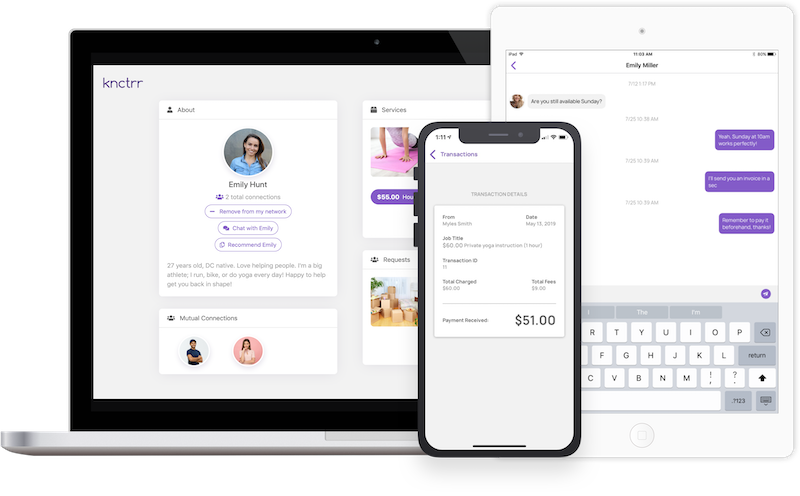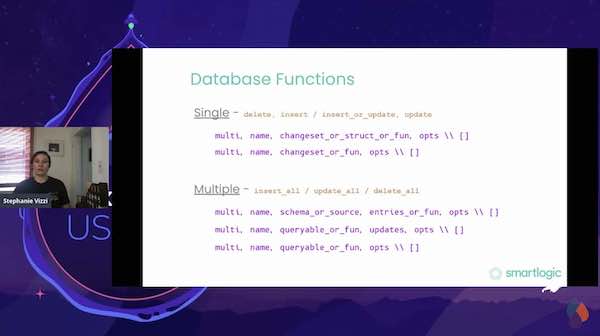Elixir emerged in 2014 and has quickly become our backend development language of choice. We’ve built Elixir applications for a number of clients, including Stanley Black & Decker, Knctrr, and the Baltimore Water Taxi, among others; we’ve had Elixir projects live in production since 2015.
Our developers are very active in the Elixir community, running both a local meetup and an international interview-format Elixir podcast. Our team has presented at national and regional Elixir Conferences, including a recent keynote at the Big Elixir in New Orleans. We also support the development of a large open-source Elixir application which serves as a resource for developers new to Elixir to see how things work in a real app.
Elixir and Phoenix are a great choice for web applications that need to manage scale, as many modern web applications need to. Elixir inherits much of its scalability, concurrency management, and fault-tolerance from Erlang, a language originally created in the 1980’s to manage massive phone connectivity systems.
Though a somewhat newer language, a number of high profile web applications are built in Elixir and Erlang, including WhatsApp, BleacherReport, Pinterest, AdRoll, Grindr, and Bet365.
Our back-end developers are conversant in Elixir Phoenix as well as Ruby on Rails and a variety of DevOps tools; many of our team members are full stack developers, while some focus more on back end or front end development.



